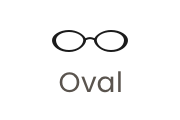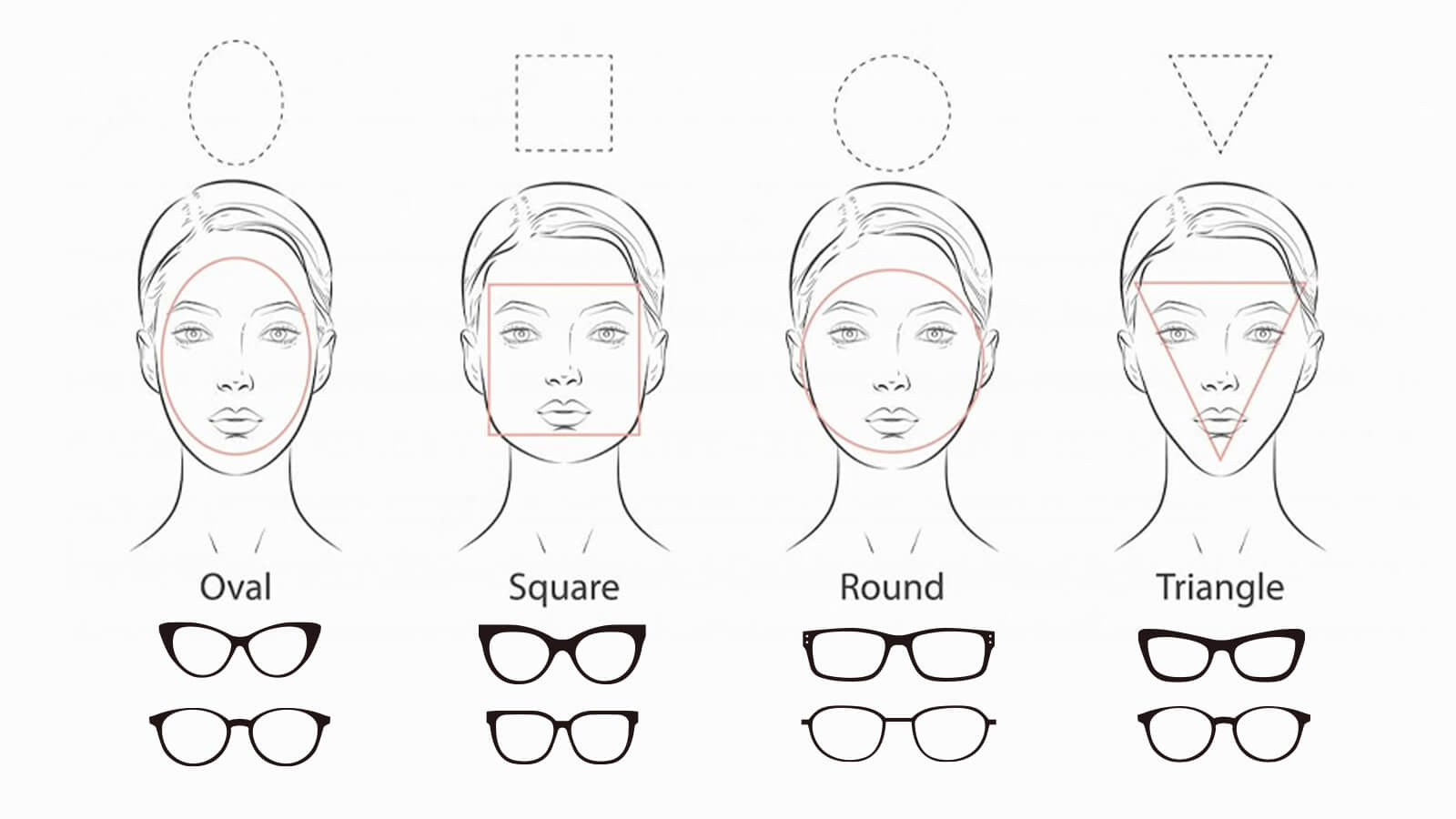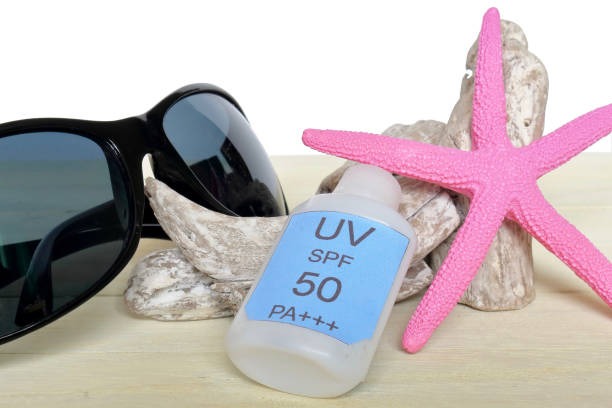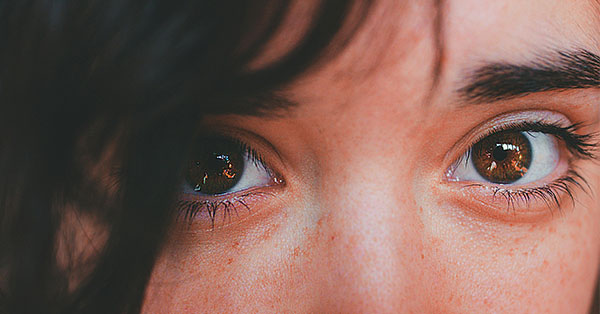
Guide to Picking Glasses That Suit Your Face Shape Perfectly
February 27,2023

What is Boho Style? A Comprehensive Guide to Boho-Chic Fashion
February 13,2025

Virtual Glasses Try On - Find Your Perfect Pair Online
April 02,2024

UV Protection Glasses VS. Blue Light Glasses - Vooglam
July 20,2023

Newest Style Modern Trendy Mens Glasses | Vooglam
March 01,2024

Stylish Reading Glasses: Blending Fashion with Functionality
February 16,2023

What are photochromic lenses & glasses?
September 22,2023

Brown Eyes: The Beauty of the Most Common Hue
September 01,2024

The chubby face glasses for round face female
August 02,2023

What are prisms in eyeglasses?
March 20,2023

What Are Bifocal Glasses? The Complete Guide (Types, History & Benefits)
April 14,2023

How to Read Your Eyeglass Prescription?
March 11,2023
Do Kids Need Blue Light Glasses? | Vooglam
Nowadays, more and more educational training materials are available in the form of electronic courseware or APPs, and there is a trend of younger users of electronic products. However, the high-energy short-wave blue light emitted by screen products such as cell phones, monitors, and tablet computers is likely to cause damage to kids' eyes. So you might want to know if your kids need blue light glasses too.

Definition and source of blue light
What is blue light? Blue light does not mean blue light, but high-energy visible light with a wavelength of 380-500 nanometers, which is the most energetic light in visible light. Blue light is an important part of visible light, there is no separate white light in nature itself, blue light is mixed with green light and yellow light to present white light. Green light and yellow light have less energy, and less stimulation to the eye, blue light waves are short, high energy, and can directly penetrate the crystal directly to the retina at the bottom of the eye. What things in life will emit blue light? All kinds of computers, TV screens, energy-saving lamps, camera flashes, bath lights, and other new artificial light sources and visible light from the sun contain a large amount of irregular frequency of short-wave blue light.
The potential harm of blue light to the eyes
According to research: blue light can penetrate the cornea and lens to reach the retina, causing the death of photoreceptor cells and accelerating the oxidation of macular cells, causing macular degeneration of the retina, and then leading to a gradual loss of vision or even complete loss, and this damage is often irreversible. The damaging effect of high-energy blue light is a chain reaction, and its damage to the eye is gradually accumulated and forms. Even if you don't look directly at the light source, it will cause damage to your eyes over time. In addition, blue light also inhibits melatonin secretion and disturbs sleep.
Blue light hazards for kids
Blue light is more harmful to kids because kids and adolescents are in the sensitive stage of human visual system development, the lens is not yet well developed, the lens of the human eye will slowly become yellow as they grow older, and the yellowing process helps filter blue light. However, because the lens is very clear in infants and young kids, they are not able to filter blue light as effectively as adults, and it passes directly through the cornea and lens to the retina, making them more susceptible to blue light damage. In addition, the amount of blue light emitted into the eye varies in proportion to different ages. Generally speaking, from 0 to 2 years old, about 70% to 80%; from 2 to 10 years old, about 60% to 70%; and from 60 to 90 years old, about 20%.
Protective measures and recommendations
It can be seen that the danger of blue light to kids' eyes cannot be ignored. Therefore, parents and educators need to take some effective protective measures to reduce the impact of blue light on children's eyes.
Limit the time of use: Try to limit kids' prolonged use of electronic products, especially at night. Set a reasonable schedule for your child to use electronics and make sure they stay properly rested during their use.
Maintain an appropriate distance: It is recommended that children keep a certain distance when using electronic products. A distance of 30 cm or more is recommended for smartphones and 50 cm or more for tablets and computer monitors.
Choose low blue light devices: Choose electronic products with a blue light filtering function or install blue light filtering software for the devices to reduce the irritation of blue light to the eyes.
Anti-blue light glasses: When kids use electronic devices, you can let them wear anti-blue light kids' glasses to reduce the impact of blue light on their eyes.
Adequate outdoor activities: Encourage kids to spend more time outdoors, especially during sunny days. Outdoor activities can help your child's eyes adjust naturally while enhancing vision.
Maintain good eye habits: Teach your child good eye habits, such as proper sitting posture, reading distance, and a proper lighting environment.
Regular eye exams: It is recommended that kids have at least one eye exam per year to identify and address eye health problems in a timely manner.
In summary, although blue light can be harmful to kids' eyes, we can effectively reduce these risks by taking appropriate preventive measures, and of course, anti-blue light glasses can also be protective. Parents and educators need to work together to focus on kids' eye health and create a healthier and safer environment for them to grow up in.

Vooglam Blog
Vooglam blog shares professional knowledge about eyeglass frames, lenses, etc., and provides help when purchasing and using eyewear products. At the same time, Vooglam focuses on fashion glasses to interpret the trend of glasses for you.

































